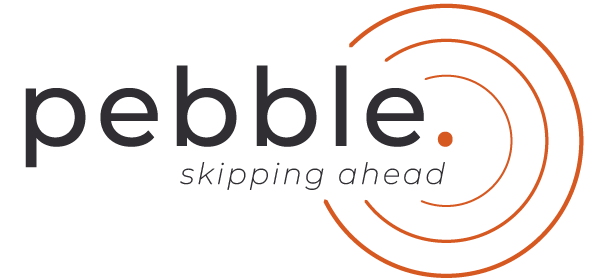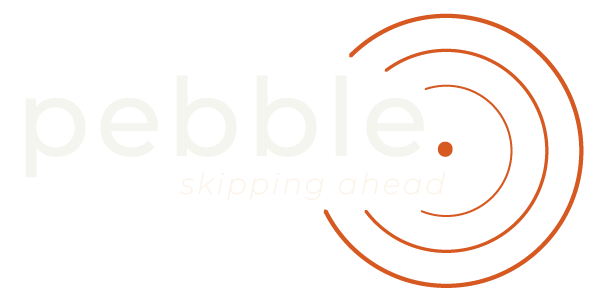Transform Hybrid Team Productivity with Better Communication
This post offers valuable insights and practical tips on selecting the right communication tools, bridging generational gaps, and enhancing team collaboration that will transform productivity. Ideal for managers and professionals navigating the challenges of diverse, hybrid work settings, this guide will empower you to boost productivity and foster successful communication within your team.
The current workforce is a vibrant mix of five generations actively contributing their skills and perspectives. This diversity brings forth distinct expectations, particularly when it comes to how we engage with our work and the workplace. Many companies have adopted a hybrid work model, allowing individuals to blend remote work with in-office work. While this model offers flexibility, it also presents challenges when it comes to effective communication.
The good news is that there is an abundance of resources available to promote communication in a hybrid work environment. However, the multitude of offerings can sometimes feel overwhelming, confusing, or even overlooked as just “one more thing” for the workforce to use.
As a project manager with two decades of experience, I understand the value of proper communication. Moreover, I find myself in the unique position of belonging to the generation in the middle—having grown up in an analog world (yes, my parents had a corded house phone) and witnessed the digital renaissance that continues to reshape our world. This background shapes my perspective and the opportunities within our workforce. Here are three key considerations when selecting tools for better communication in your workforce.
Efficiency and Effectiveness
An efficient communication tool is undeniably valuable. Concise and quick communication can reduce the need for lengthy meetings, granting teams more time to focus on their work. However, it’s equally crucial to evaluate the effectiveness of a tool. Consider how everyone will engage with it and their specific roles within the team. Hybrid work demands clarity and transparency in individual tasks for the benefit of the broader team.
E-mail vs. Internal Communication Tools: Is e-mail efficient, but not effective? With the rise of chat and communication functions post-COVID, individuals joining the workforce now rely less on e-mail and more on these new tools for effective communication around specific work.

My Advice: Ditch e-mail for internal team-specific communication and opt for more targeted tools that speak directly to the work being collaborated on, such as Asana, Trello, or Monday for project collaboration. This approach declutters your inbox and enables more efficient communication. If you don’t have a productivity tool in your toolbox, consider using Teams or Slack to bring individuals together around a topic, project, or team and keep everyone in the loop.
Integration with Other Tools
In today’s digital landscape, it often feels like there is a software or app for everything. While having a vast catalog of resources may seem advantageous, it can also be overwhelming. When selecting a communication tool, integration with other tools becomes an essential consideration. Seamless integration ensures smooth workflows and avoids creating silos within the workforce.

Do you find yourself using 8 different apps during your morning coffee huddle just to review status, tasks, and progress? Consider using apps that integrate with each other, with bi-directional integration being a bonus. For example, Slack and Asana integrate seamlessly, allowing you to push a conversation from Slack into an Asana task without losing context or duplicating efforts. Can’t find an integration? Browse through the pre-built solutions on Zapier’s Zaps for some off-the-shelf options.
Speed of Engagement
Have you ever sent an email and then messaged someone asking if they saw it? Different tools have different speeds of engagement. Accessible doesn’t always mean available. Generational differences play a significant role in communication preferences. Younger generations tend to engage in a more concise and rapid manner, while older generations may prefer not to be overloaded with constant updates.In a team environment, setting expectations around communication is critical for team morale. Asana can help by using the “My Tasks” and “Inbox” features to show teams what needs to be addressed now versus at a later date.

Key Takeaways
By carefully considering these three factors—efficiency and effectiveness, integration with other tools, and the speed of engagement—organizations can select communication tools that align with their unique workforce and promote better communication in a hybrid work environment. It’s essential to find tools that strike a balance between leveraging digital advancements and accommodating the needs and preferences of all generations.
Remember, effective communication is not just about the tools we use but also the mindset and intention behind it. As a project manager, I have witnessed firsthand the transformative power of clear and transparent communication. Embracing the opportunities presented by both analog and digital worlds, we can navigate the complexities of hybrid work and create an environment where communication thrives.
What Are Your Next Steps?
Take Stock
Assess and optimize your communication tools to ensure they effectively support hybrid work dynamics, enabling seamless collaboration and information sharing across your diverse workforce.
Find Integrations
Integrate your communication tools with other essential platforms to streamline workflows, enhance productivity, and facilitate smooth information exchange within your hybrid team.
Build Consensus
Strike a balance in your communication approach, delivering concise updates for younger team members while providing comprehensive information in a clear and accessible manner for older generations, promoting effective communication and understanding in your hybrid workplace.
By: Thad Rhoden
Like what you’re reading? Sign up here for our newsletter where we share how to do more with less.

